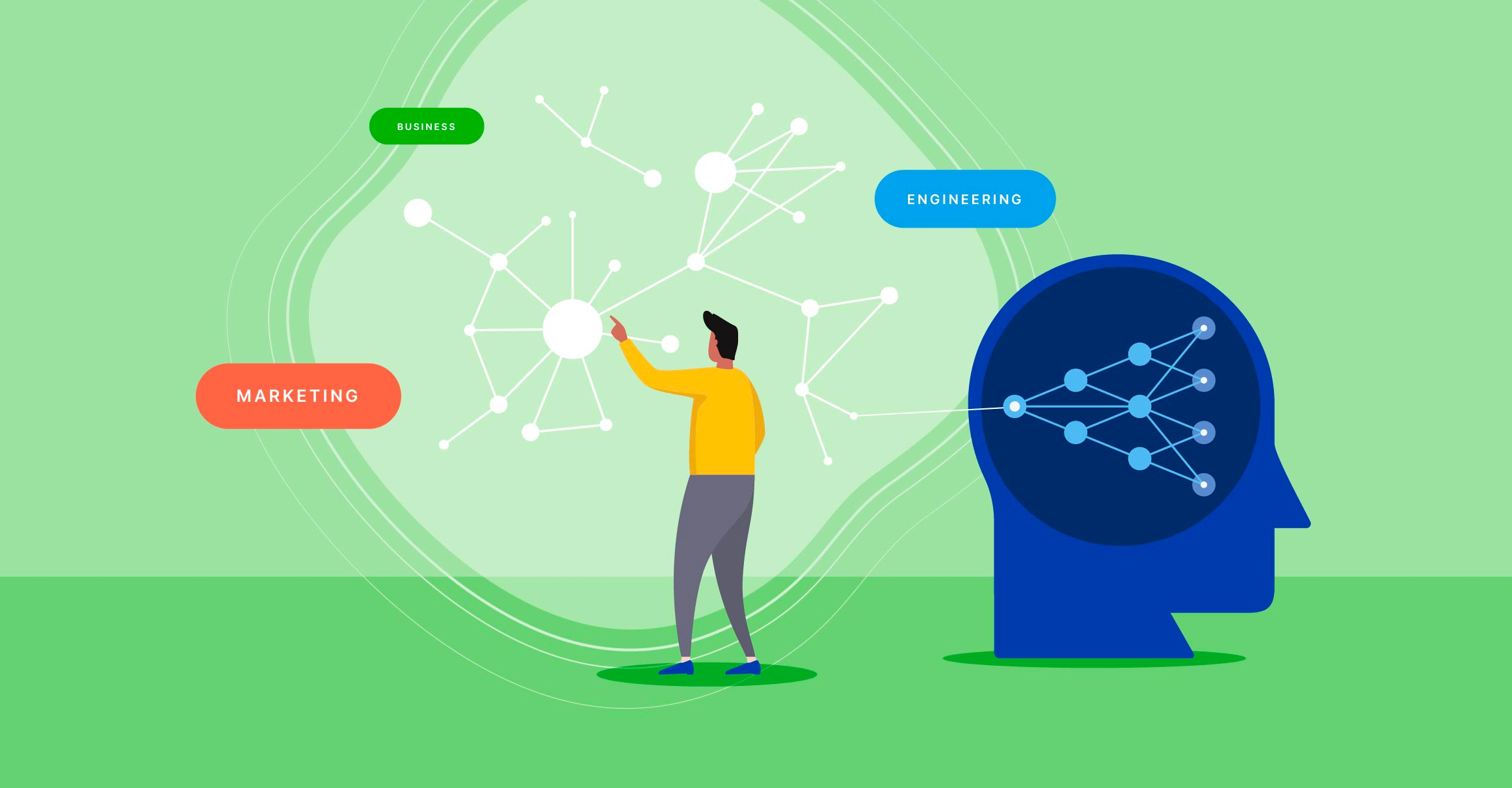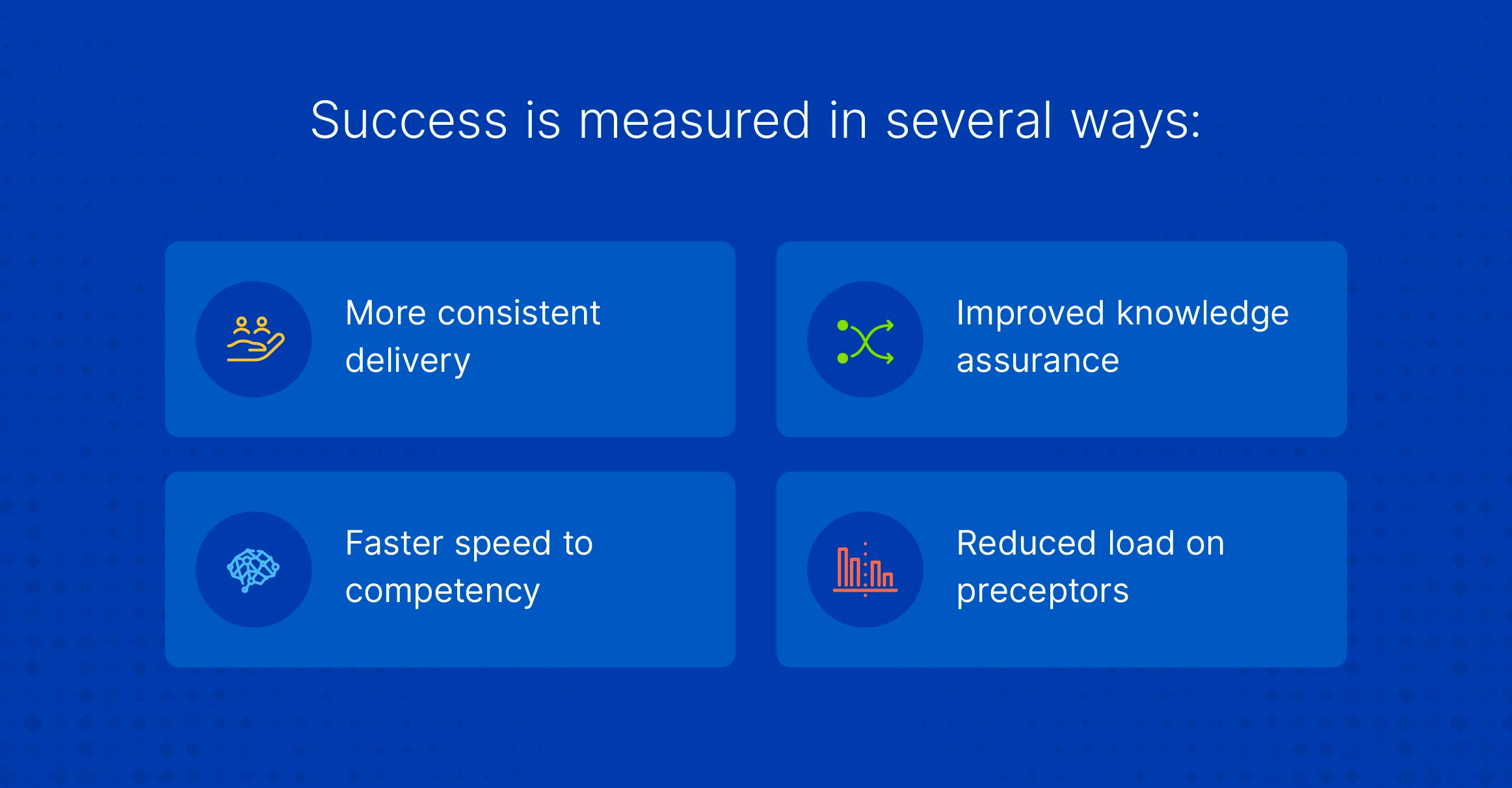When a new employee is hired, they typically receive some form of onboarding instruction before performing their new role. But most of the actual training they get occurs on the job, after onboarding, in real-world situations with real consequences.
While this is often necessary, it is rarely a structured approach. Workers may feel like they have been thrown into a new situation without adequate preparation, and have to figure out for themselves what works and what doesn’t.
It is hard to measure success for such an ad hoc system, and managers may have a difficult time coordinating pathways.
Fortunately, businesses can apply structure to on-the-job training to make it more efficient and effective. Additionally, they can add personalization to their on-the-job training efforts to remove redundancy and maximize the value for each learner.
T.J. Kuhny recently gave a webinar about personalized on-the-job training, covering these four topics:
-
The Importance of On-the-job Training
-
Challenges With On-the-job training
-
Core Concepts Behind Structured On-the-job Training
-
Adding Personalization to On-the-job Training
The Importance of On-the-job Training

While initial onboarding and compliance training are necessary and important in their own rights, most of what a new worker needs to know they have to learn on the job. This is for several reasons, such as:
-
Many work situations cannot be easily simulated.
-
It is hard to teach each workplace skill separately.
-
Employees need real experiences to settle into their roles.
According to our survey results, 70% of high-performing companies rate on-the-job training as important or extremely important. Additionally, two-thirds of training is in the realm of informal or experiential, not formal or classroom-based.
Connecting the Moments of Learning
On-the-job training plays a central role in the learning life cycle. It allows for more informal opportunities for the practice of real-world skills, as opposed to more formal training as part of a classroom setup.
First, during onboarding, workers learn new skills and concepts for the first time, but may not get enough practice to master them.
Then, during skill building, they get more opportunities to work on what they’ve learned. They expand their knowledge base but still remain in a limited setting.
During on-the-job training, workers apply what they’ve learned to real-world situations. This concrete setting gives them better feedback.
Afterward, performance support helps to correct them when things go wrong. From there, workers can refresh and maintain their skills through continual practice and training.
Each of these steps can be made more efficient by implementing personalization.
Challenges with On-the-job Training
The problems with typical on-the-job training are closely related to the reasons why on-the-job training is so valuable in the first place. Workers need the roughness and unpredictability of real-world situations in order to make their skills useful, but those factors make it difficult to structure on-the-job training adequately.

Typical on-the-job training is unstructured and ad hoc. It tends to produce inconsistent results if left to chance. Managers and learners alike have little visibility into progress and training is often not tracked.
Skills are often not fully defined, and there may be little coordination across departments.
As a result, on-the-job training is often an inefficient and slow path to skill building, one which is not properly connected to formal learning.
Core Concepts Behind Structured On-the-job Training
It is possible to structure on-the-job training to solve the problems with inconsistency mentioned above. This involves properly defining and analyzing the successful pathways and outcomes of such training.
Structured on-the-job training shows the full learning path necessary to be successful in a role. This involves defining all key measurable skills for the role, as well as instituting a system for tracking competency.
Doing this properly engages mentors to coach and sign off on competency. It also puts learners in control of their progress and connects formal training to on-the-job training.
There are many ways that a business can add structure to on-the-job training by invoking these concepts. In addition, personalization can be added through adaptive learning systems to make this structure more efficient.
Adding Personalization to Structured On-the-job Training
Personalization is not the same as adding structure. On-the-job can be augmented by both structure and personalization. This provides several benefits:
Implementing personalization on top of a structured on-the-job training program involves several concrete aspects.
Personalized coaching lets mentors tailor their activity to fit learner needs.
Assignments focus on the learning goals of the individual. They practice weak areas, rather than redundantly drilling previously mastered material.

Learners have the agency to choose their own path and set their own learning pace.
Course materials engage the learner through nudges and rewards that help them stay on track.
The learner path adapts to feedback, reinforcing knowledge through activities that reflect their strengths and weaknesses.
Ultimately, personalized learning is designed to adapt to knowledge. It solves the problems of traditional employee training by taking prior knowledge into account.
Personalizing On-the-job Training with Realizeit
Realizeit’s adaptive learning platform is designed to enhance learning situations with learning personalized to each individual learner. It can be applied to structured on-the-job training to maximize the efficiency of that training.
In TJ’s webinar, he discussed some real-life case studies of Realizeit being applied to businesses to help with their on-the-job training. One example involved a leading healthcare provider, which took on thousands of new hires each year.
These new hires collectively required hundreds of hours of on-the-job training. Many of them performed high-risk medical roles, where failure could make the difference between life and death.
The healthcare company faced several challenges with its existing training situation. On-the-job training produced inconsistent results and relied heavily on preceptors, many of whom had other jobs to do. In addition, the training program did not take prior knowledge into account, leading to a high degree of redundancy.
Realizeit’s solution reduced the amount of time spent on on-the-job training with connected eLearning. Each learner manages their own learning journey, and preceptors are provided with insights to improve the process.

Success was measured in several ways:
-
More consistent delivery
-
Improved knowledge assurance
-
Faster speed to competency
-
Reduced load on preceptors
Ultimately, providing structure and personalization created a much more valuable training system for the company. Instead of wasting countless resources on on-the-job training with little understanding of their effectiveness, the company switched to a highly structured and personalized system that kept accurate track of the concrete progress made by each individual learner.
Interested in finding out more about these ideas? Check out the webinar here.